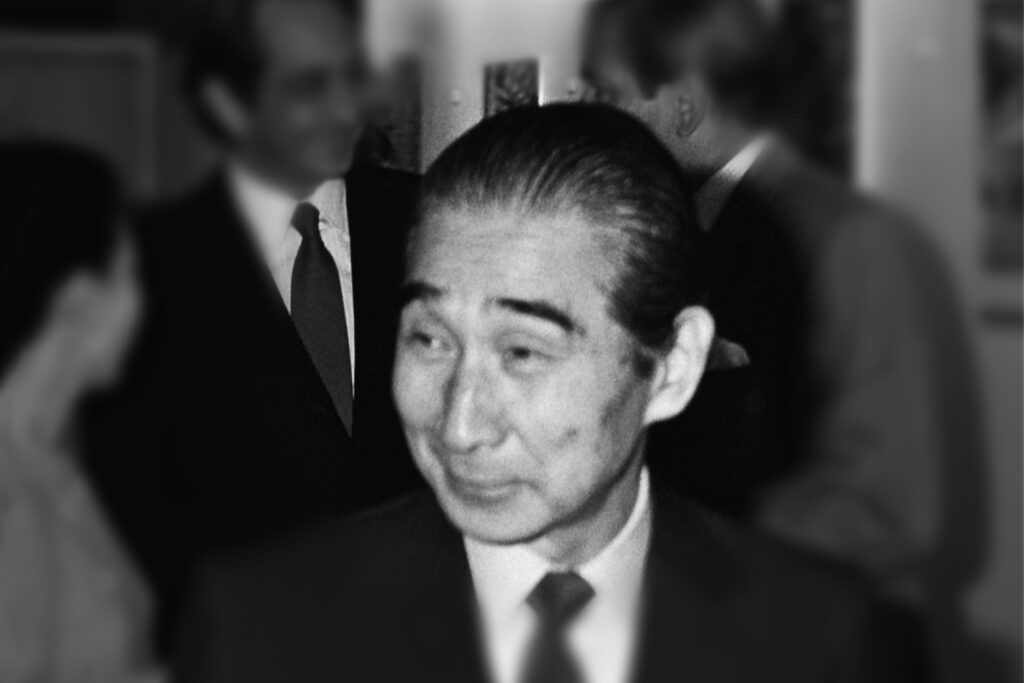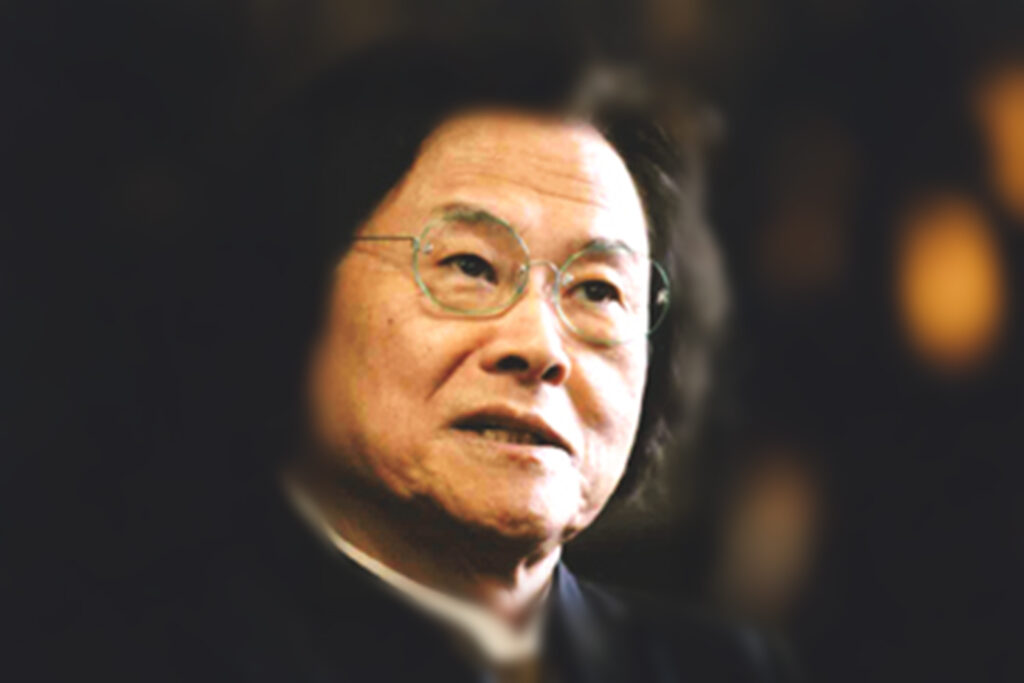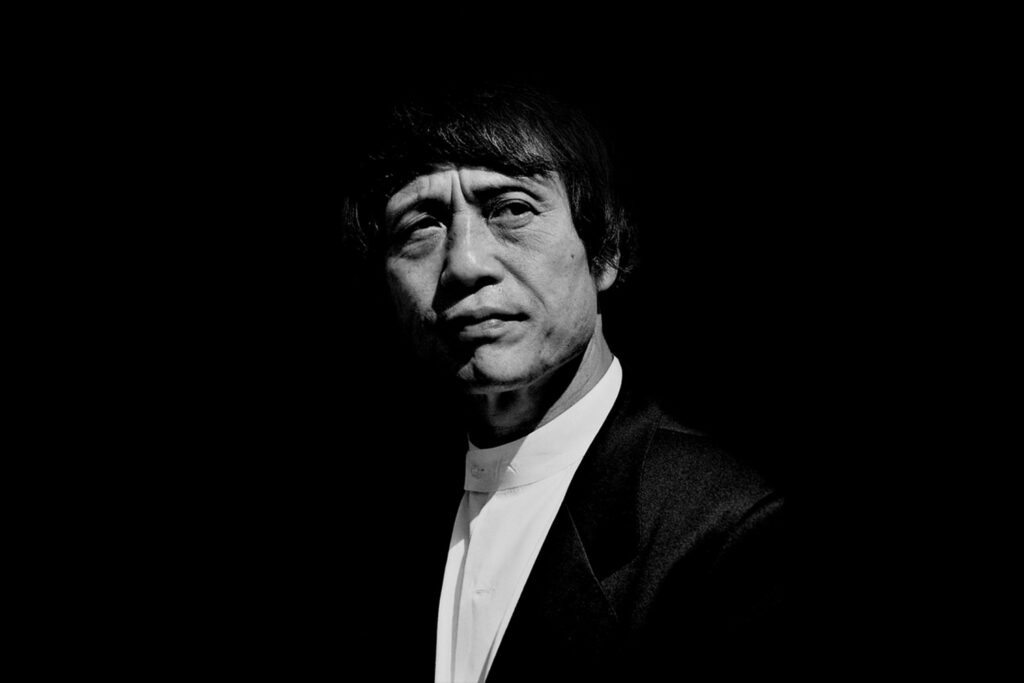This is the third article in Housing Japan’s ‘Japan’s Best Architects Series‘
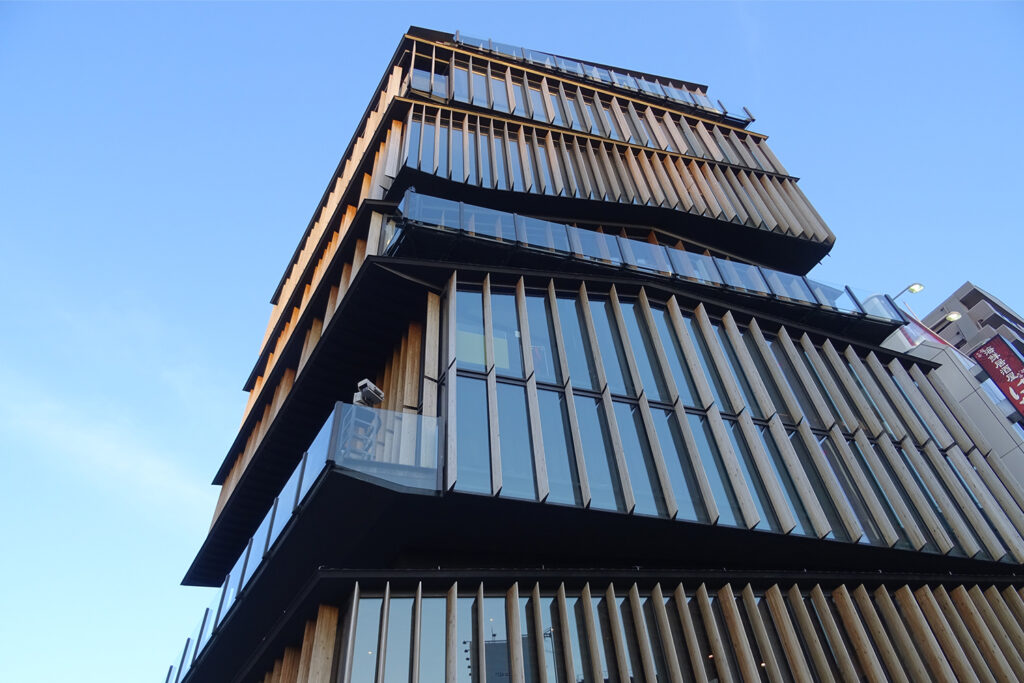
In a city where glass and concrete towers reach for the sky, Kengo Kuma (隈 研吾) brings architecture back down to earth. Named by Time Magazine as the world’s most influential architect in 2021, Kuma has transformed Tokyo’s landscape with buildings that feel more like natural extensions of their surroundings than man-made structures. His work matters to anyone looking at Tokyo real estate because properties near his buildings can see increased value and offer a unique lifestyle that blends modern comfort with traditional Japanese sensibility.
Who is Kengo Kuma?
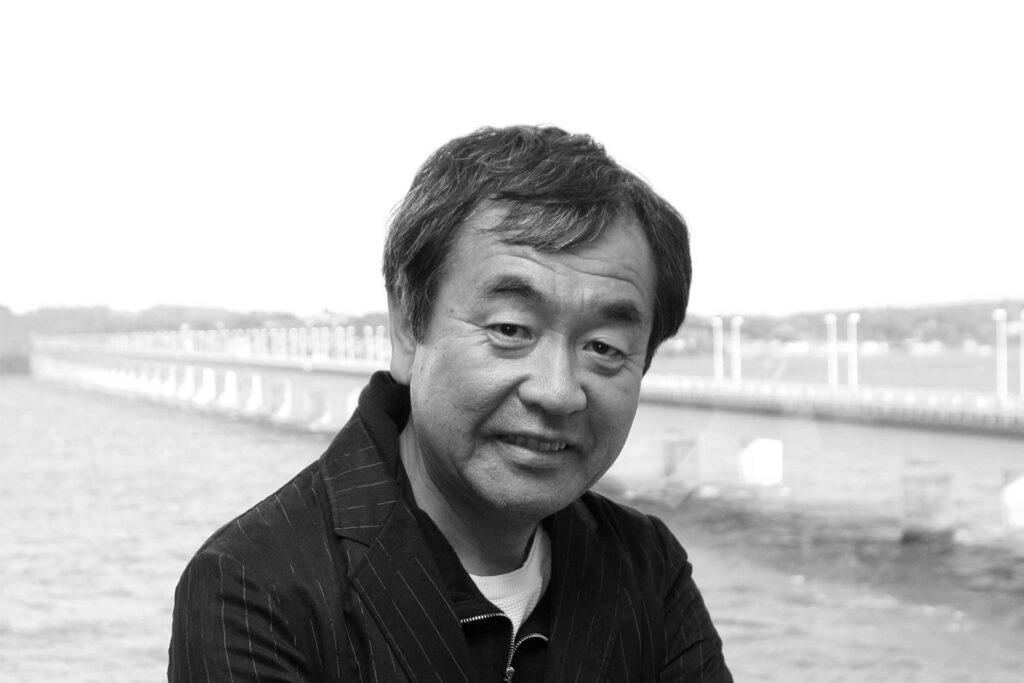
“Kengo Kuma 隈研吾 – architect portrait” by 準建築人手札網站 Forgemind ArchiMedia, CC BY 2.0
Born in Kanagawa in 1954, Kengo Kuma grew up in a traditional one-story house with tatami floors and clay walls. This early experience shaped his entire approach to architecture. After graduating from the University of Tokyo in 1979 and spending time in New York at Columbia University, Kuma founded his own firm in 1990. Today, Kengo Kuma & Associates employs over 300 architects across Tokyo, Beijing, Shanghai, and Paris.
What makes Kuma special is his rejection of heavy materials like concrete and steel in favor of wood, bamboo, and other natural elements. He doesn’t just design buildings, he creates spaces that breathe, adapt, and connect with their surroundings. His philosophy is simple: buildings should be comfortable for people and should work with nature, not against it.
For Tokyo residents, this means living or working in Kuma-designed spaces offers something rare in the city, a sense of calm and connection to the natural world, even in the heart of the urban jungle.
Signature Style and Buildings You Can Experience
Kuma’s buildings are easy to spot once you know what to look for. They often feature wooden lattices that filter light, extended eaves that provide shelter, and materials that age gracefully over time. Instead of standing out aggressively, they blend with their neighborhoods while still making a quiet statement.
Japan National Stadium
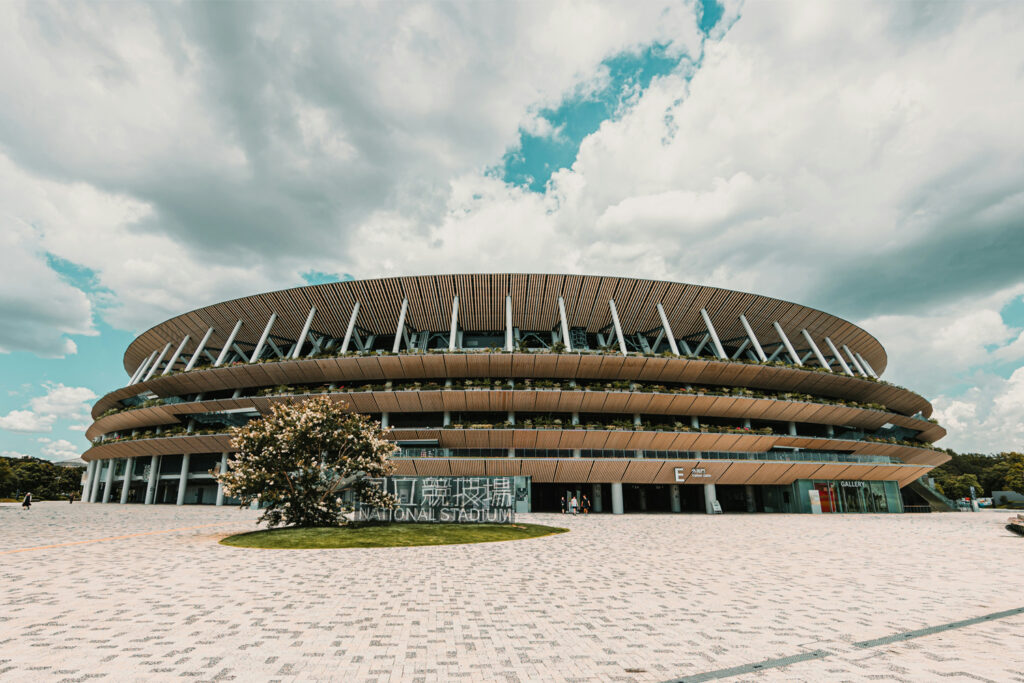
The centerpiece of the 2020 Tokyo Olympics showcases Kuma’s vision on a grand scale. The stadium features eaves made from wood sourced from all 47 Japanese prefectures, with 67,750 seats colored to look like falling leaves, lighter shades cascading into deeper greens and auburns. Located in Meiji Jingu Gaien, the stadium feels like part of the surrounding forest rather than an imposing concrete structure. This approach has influenced how developers think about large-scale projects in Tokyo, proving that size doesn’t have to mean sacrificing connection to nature.
Starbucks Reserve Roastery in Nakameguro
This isn’t your average coffee shop. The building features an origami-inspired ceiling and small planters that Kuma interpreted as modern bonsai. Located along the trendy Meguro River, this four-story building shows how commercial spaces can enhance rather than detract from residential neighborhoods. Properties near this landmark have seen steady appreciation, as the area has become a destination for both locals and tourists.
Nezu Museum in Omotesando
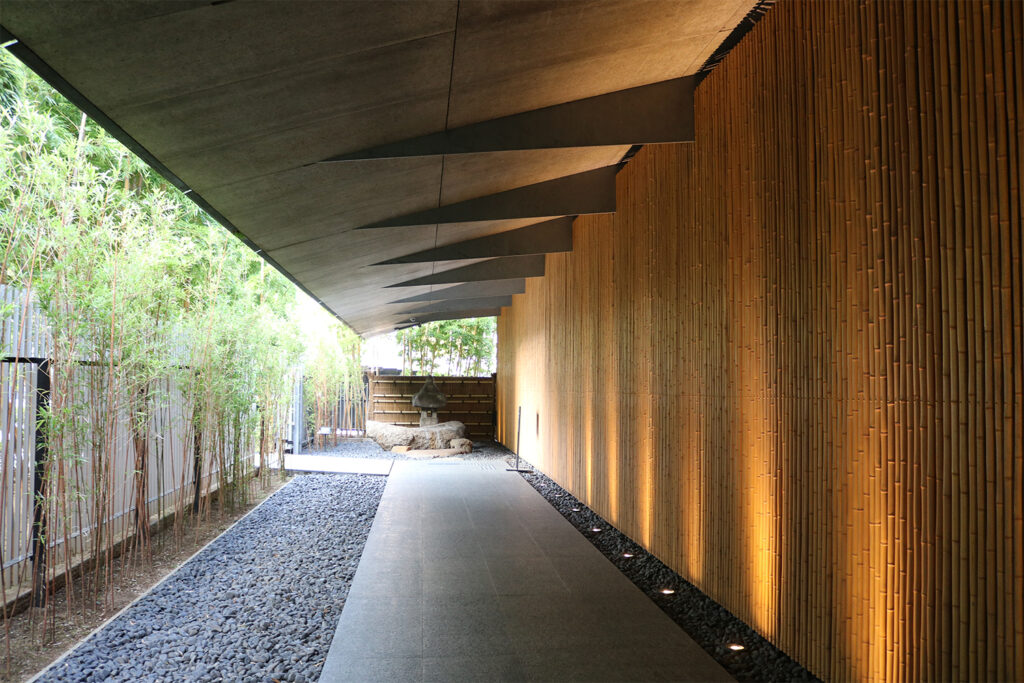
Transformed in 2009 from its old facade, the museum features floor-to-ceiling glass windows, a bamboo-lined approach, and natural cork elements. The museum creates a peaceful escape from the busy shopping district, demonstrating how Kuma’s work adds value to already premium neighborhoods. Real estate near the museum benefits from this cultural anchor that attracts visitors while maintaining the area’s upscale character.
Asakusa Culture Tourist Information Center
This building highlights two distinctive elements of Kuma’s architecture: randomly spaced louvers and extended eaves, with seven stacked floors that look like separate buildings layered on top of each other. Standing near the historic Senso-ji Temple, it shows how modern architecture can respect traditional neighborhoods while still being bold and innovative.
Living in Kuma’s Luxury Residential Projects in Tokyo
While Kuma is known for his public buildings, his residential projects offer some of Tokyo’s most exclusive living experiences. These aren’t just apartments; they’re carefully crafted spaces that change how people experience city living.
The Kita – Yoyogi’s Forest Sanctuary
Located on the edge of Yoyogi Park, The Kita represents Kuma’s vision for luxury living in Tokyo. The building features a facade of specially treated metal louvers that filter light throughout the day, creating constantly changing patterns inside the apartments. With generous terraces offering views of the park’s canopy, residents experience a rare sense of tranquility in central Tokyo. The rooftop pool provides what Kuma calls “an elemental stripe of water” floating above the neighborhood. Housing Japan currently has units available in this exceptional property, where prices reflect the premium of living in a Kuma-designed space.
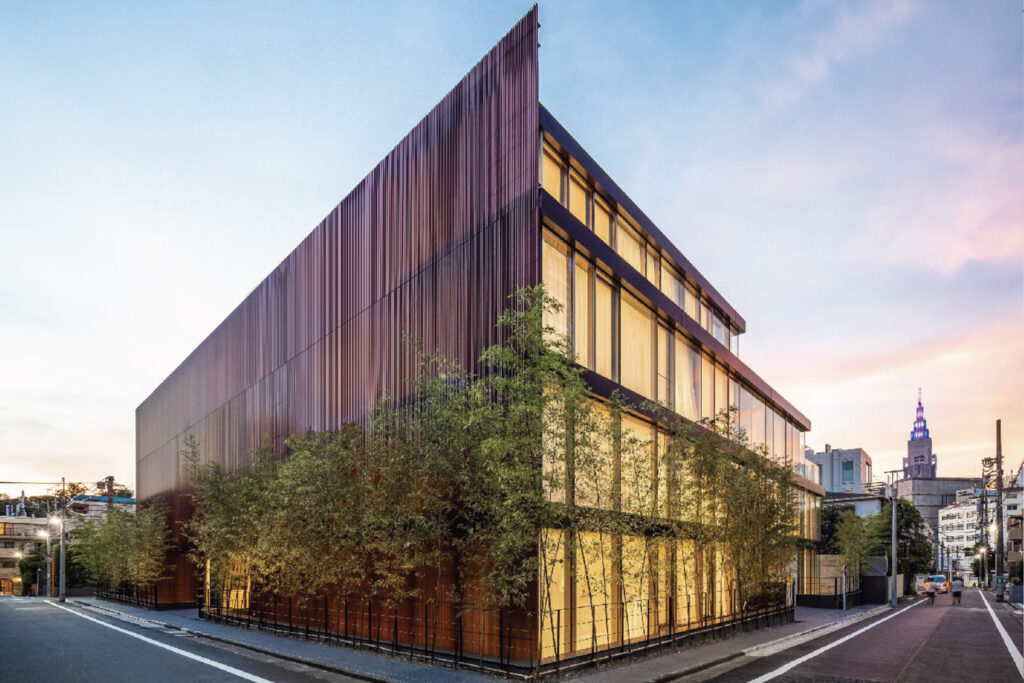
Park Court Akasaka Hinokicho The Tower
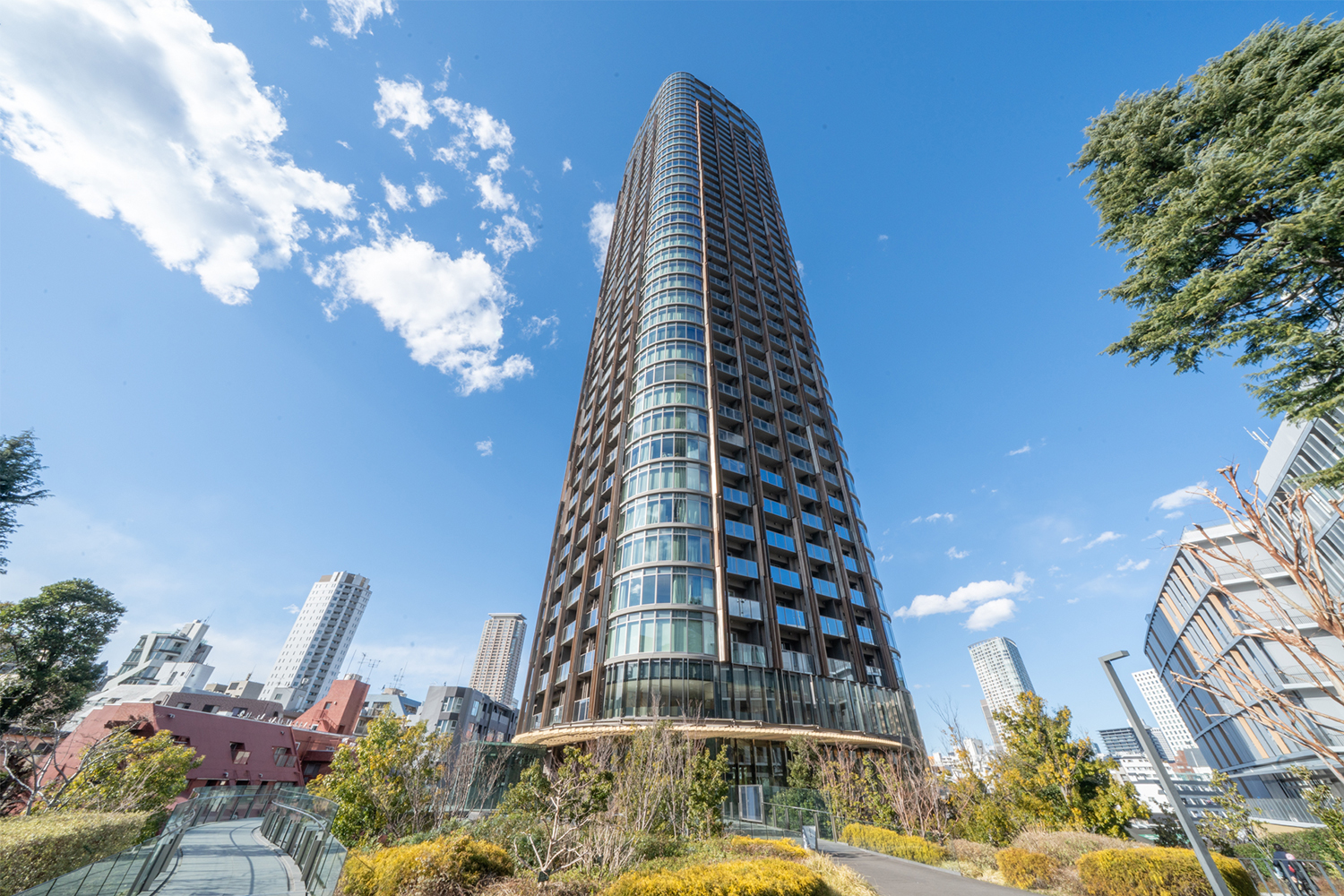
This 44-story tower in the heart of Tokyo takes its inspiration from its address, Hinoki-cho, meaning “cypress grove.” Kuma designed the building to resemble a tree, with a podium and lobby featuring multi-layered eaves and a pool that gently merges the tower with the ground. The aluminum panels on the exterior have a hinoki bark motif, while the crown features a green canopy that adds freshness to Tokyo’s skyline. The building connects seamlessly with Tokyo Midtown’s Garden Terrace, creating a cohesive luxury district.
Housing Japan does not have any public ‘Park Court Akasaka Hinokicho The Tower’ apartments for sale. If you are interested in similar or off market properties do not hesitate to get in contact with Housing Japan Today.
Kengo Kuma’s Global Influence
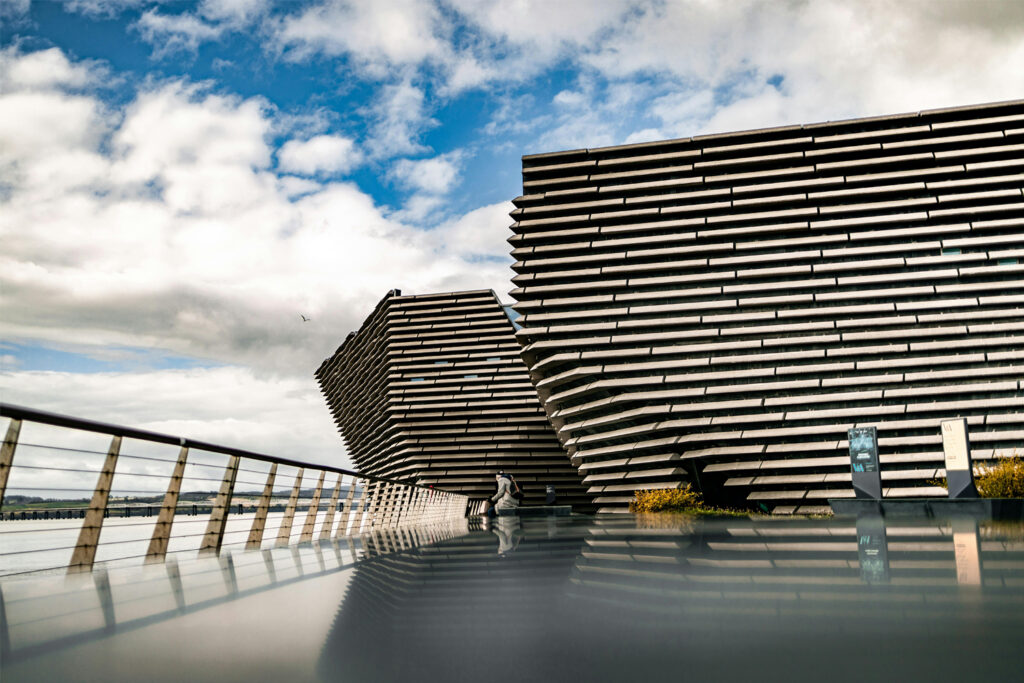
While Tokyo remains Kuma’s primary canvas, his international projects demonstrate why global developers seek his vision. The V&A Dundee in Scotland, opened in 2018, brought his signature approach to the waterfront with a dramatic ship-like structure that connects the city to the sea. In France, the FRAC Marseille contemporary art center shows how his wooden lattice techniques translate to Mediterranean settings. His Odunpazari Modern Museum in Turkey uses stacked timber boxes that echo traditional Ottoman architecture while remaining distinctly modern. Perhaps most telling for luxury property buyers is his work on high-end hospitality projects, from the Mandarin Oriental’s spa complexes in the Caribbean to boutique hotels across China.
These international commissions prove that Kuma’s philosophy of blending buildings with their environment works anywhere, making his Tokyo properties even more valuable as examples of a globally recognized architectural language. When you invest in a Kuma building in Tokyo, you’re buying into a design philosophy that resonates from Paris to Beijing.
Why This Matters for Tokyo Property Buyers
Properties designed by Kuma or located near his buildings offer several advantages. First, they can hold value better than standard developments because they’re considered architectural landmarks. Second, they can attract a specific type of resident, people who value design, culture, and quality of life over just square footage and amenities.
Living near a Kuma building also means being part of a neighborhood that values preservation and thoughtful development. These areas often resist the rapid teardown-and-rebuild cycle common in Tokyo.
For investors, Kuma properties represents a good case. His stated goal is to recover the tradition of Japanese buildings and reinterpret these traditions for the 21st century. This approach resonates with both Japanese buyers seeking cultural authenticity and international buyers looking for something uniquely Japanese.
If you are interested in purchasing or investing in properties designed by Kuma Kengo, contact Housing Japan Today.
Takanawa Gateway City Connection
Kuma’s influence extends to one of Tokyo’s most anticipated developments. As we covered in our previous article about Takanawa Gateway City, this new urban center opening in 2025 will transform the area between Shinagawa and Tamachi stations. While Kuma isn’t the primary architect for this project, he played an important role and his philosophy of integrating nature with urban development has clearly influenced its design, which features extensive green spaces and sustainable architecture.
Properties in nearby Shibaura and Minato areas could see increased interest as buyers anticipate the completion of Takanawa Gateway City. The development’s emphasis on creating livable, human-scale spaces despite its massive size reflects the shift in Tokyo’s architectural thinking that Kuma has championed.
Notable Projects You Can Experience in Tokyo
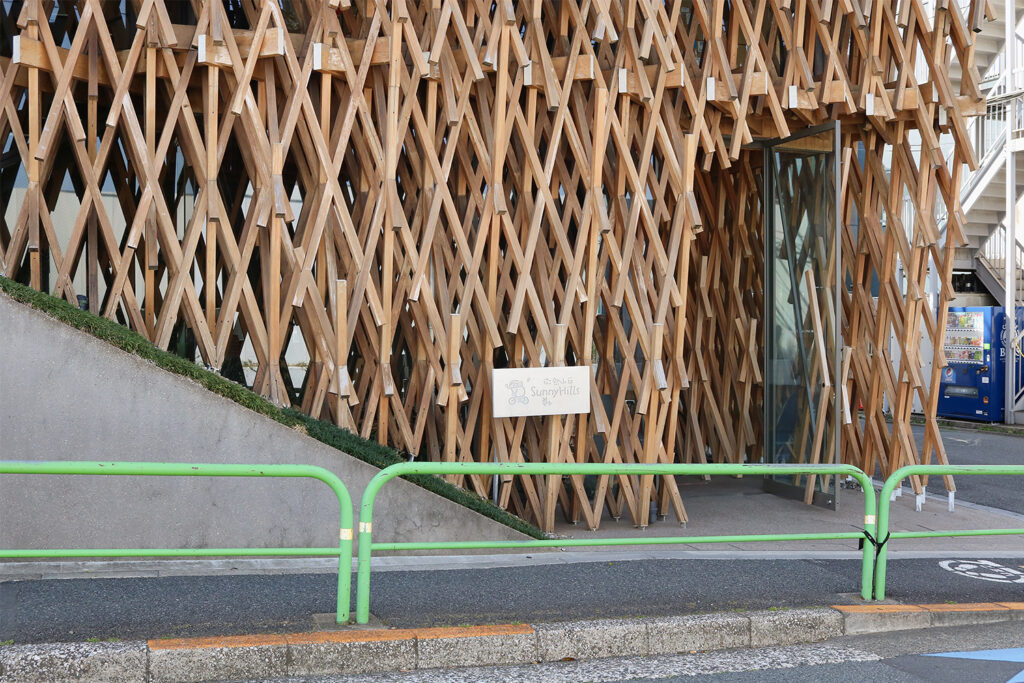
Beyond residential properties, Kuma’s public buildings enhance entire neighborhoods, making them more desirable places to live.
Suntory Museum of Art in Tokyo Midtown offers world-class exhibitions in a space that uses ceramic panels as vertical louvers, creating a relaxed atmosphere with natural light. Living near Tokyo Midtown means having this cultural resource within walking distance.
Daiwa Ubiquitous Computing Research Building at the University of Tokyo shows Kuma’s softer approach to institutional architecture. The building features cedar planks on three sides and a mud wall on the fourth, breaking away from typical university buildings.
Sunny Hills in Minami-Aoyama, a pineapple cake shop from Taiwan, demonstrates how even small commercial buildings can become neighborhood landmarks. The building is completely covered by timber sticks interwoven to form Kuma’s signature lattice structures.
The Future of Tokyo Living
Kuma believes that future architecture will focus on renovation rather than demolition. This philosophy particularly matters for Tokyo property buyers, as it suggests a shift away from the constant rebuilding that has characterized the city’s real estate market.
His emphasis on using local materials and working with traditional craftsmen has inspired a new generation of developers. We’re seeing more projects that incorporate wood, prioritize natural light, and create connections between indoor and outdoor spaces.
For neighborhoods with Kuma buildings, this means continued appreciation and development that enhances rather than replaces existing character. Areas like Omotesando, Shibuya, and Minato have seen careful, quality-focused development that maintains their appeal to luxury buyers.
Investment Opportunities
If you’re interested in owning a piece of Kuma’s Tokyo or similar exceptional properties, Housing Japan specializes in luxury real estate including units in The Kita and other architectural landmarks. Our portfolio includes properties that represent the best of Tokyo’s design-focused developments.
Whether you’re looking for a primary residence that offers more than standard luxury amenities or an investment property in a culturally significant building, Kuma-designed spaces and similar architectural properties offer unique value in Tokyo’s real estate market.
Do not hesitate to contact Housing Japan and enquire about possible off market Kengo Kuma investment opportunities.
Conclusion
Kengo Kuma has changed how Tokyo thinks about architecture and urban living. His buildings prove that modern cities don’t have to sacrifice nature, tradition, or human comfort for density and efficiency. For property buyers, this means new options that offer genuine quality of life improvements, not just prestigious addresses.
As Tokyo continues to evolve, Kuma’s influence ensures that at least some parts of the city will maintain their connection to Japanese architectural traditions while embracing modern needs. Properties in these areas represent not just real estate investments but investments in a particular vision of urban living, one that values craft, nature, and human experience above all else.
See the Kengo Kuma and Associates website -> Here
Contact Us
Housing Japan
7F BPR Place Kamiyacho, 1-11-9 Azabudai, Minato-ku, Tokyo, Japan 106-0041
Q&A
What makes Kengo Kuma buildings special for property buyers?
Kuma-designed buildings can typically hold value better than standard developments due to their architectural significance. They attract residents who value design and culture, creating stable, desirable communities. The use of natural materials and connection to surroundings also provides a unique living experience rare in Tokyo.
Where can I find Kengo Kuma buildings in Tokyo?
Major Kuma buildings are scattered throughout Tokyo, with concentrations in Shibuya (Japan National Stadium), Nakameguro (Starbucks Reserve), Omotesando (Nezu Museum), and Minato (various projects). Residential projects like The Kita in Yoyogi and Park Court Akasaka Hinokicho offer luxury living options.
Do properties near Kengo Kuma buildings cost more?
Properties near significant Kuma buildings often command premium prices due to the cultural cachet and neighborhood enhancement these buildings provide. However, the increased property values are generally justified by the improved quality of life and stable appreciation rates in these areas.
Can foreigners purchase Kengo Kuma-designed properties?
Yes, foreigners can purchase properties in Japan, including Kuma-designed buildings. Housing Japan specializes in helping international buyers navigate the purchase process for luxury properties, including architectural landmarks like The Kita.
What is Kengo Kuma’s architectural philosophy?
Kuma focuses on using natural materials like wood and bamboo instead of concrete and steel. He designs buildings that blend with their surroundings and age gracefully. His goal is to create “people-friendly” architecture that connects inhabitants with nature even in urban settings.

